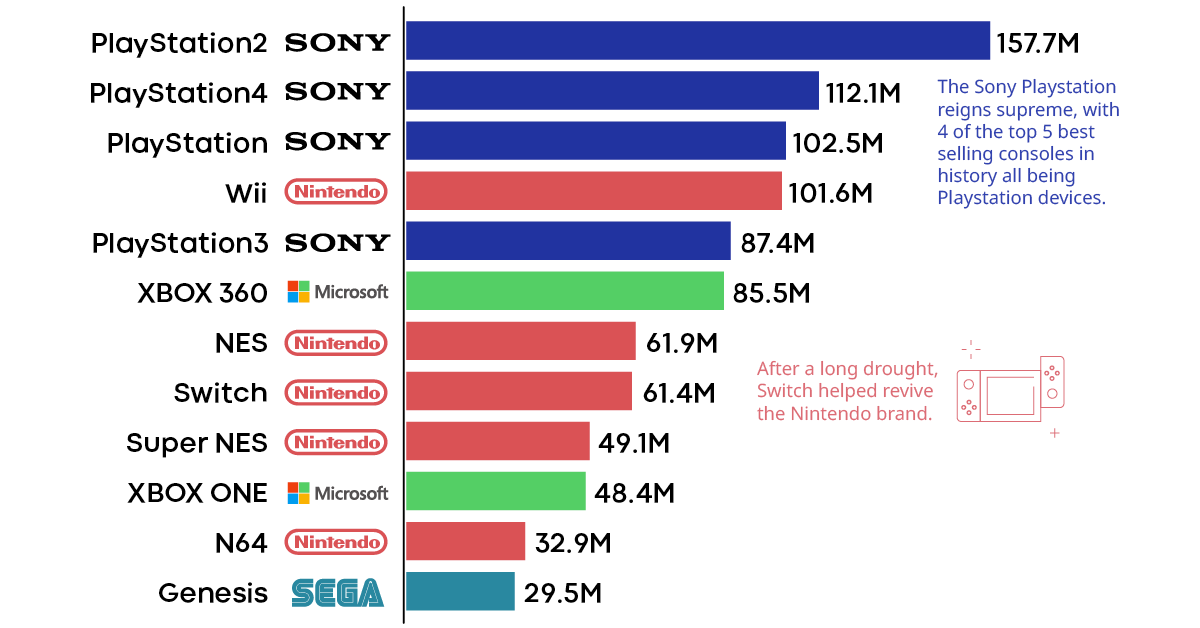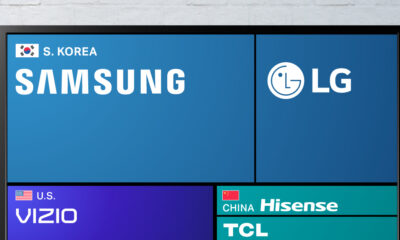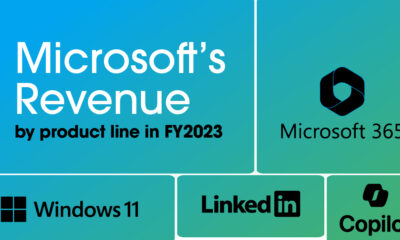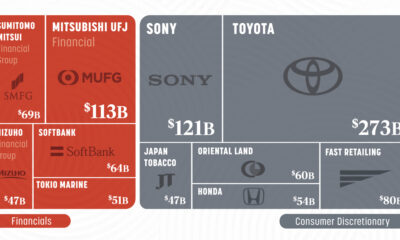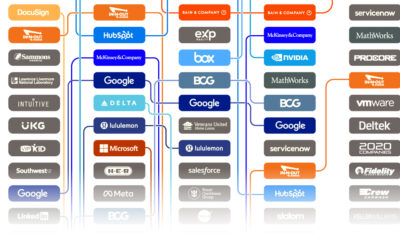Technology
The State of the Multi-Billion Dollar Console Gaming Market
With over 2.7 billion gamers worldwide in 2020, the video game industry is undergoing a renaissance. Billions of dollars are pouring in as transformations occur on multiple fronts, including in mobile, PC, and console gaming markets.
For gamers in the latter category, there comes a monumental time when the cycle flips the page to the next generation of consoles. We are now at that pivotal moment, with the Xbox Series X and Sony PlayStation 5 set to launch on November 10 and 12, 2020, respectively.
How will this generation of console games fare relative to past iterations, and which target demographics will be driving future sales?
There Can Only Be One
Xbox and Nintendo have put up a respectable fight, but the history of gaming console sales point to an extended era of PlayStation dominance.
In fact, PlayStation sits quite comfortably on the top of the podium, with the PS2 alone experiencing greater sales than both the Xbox 360 and Xbox One combined.
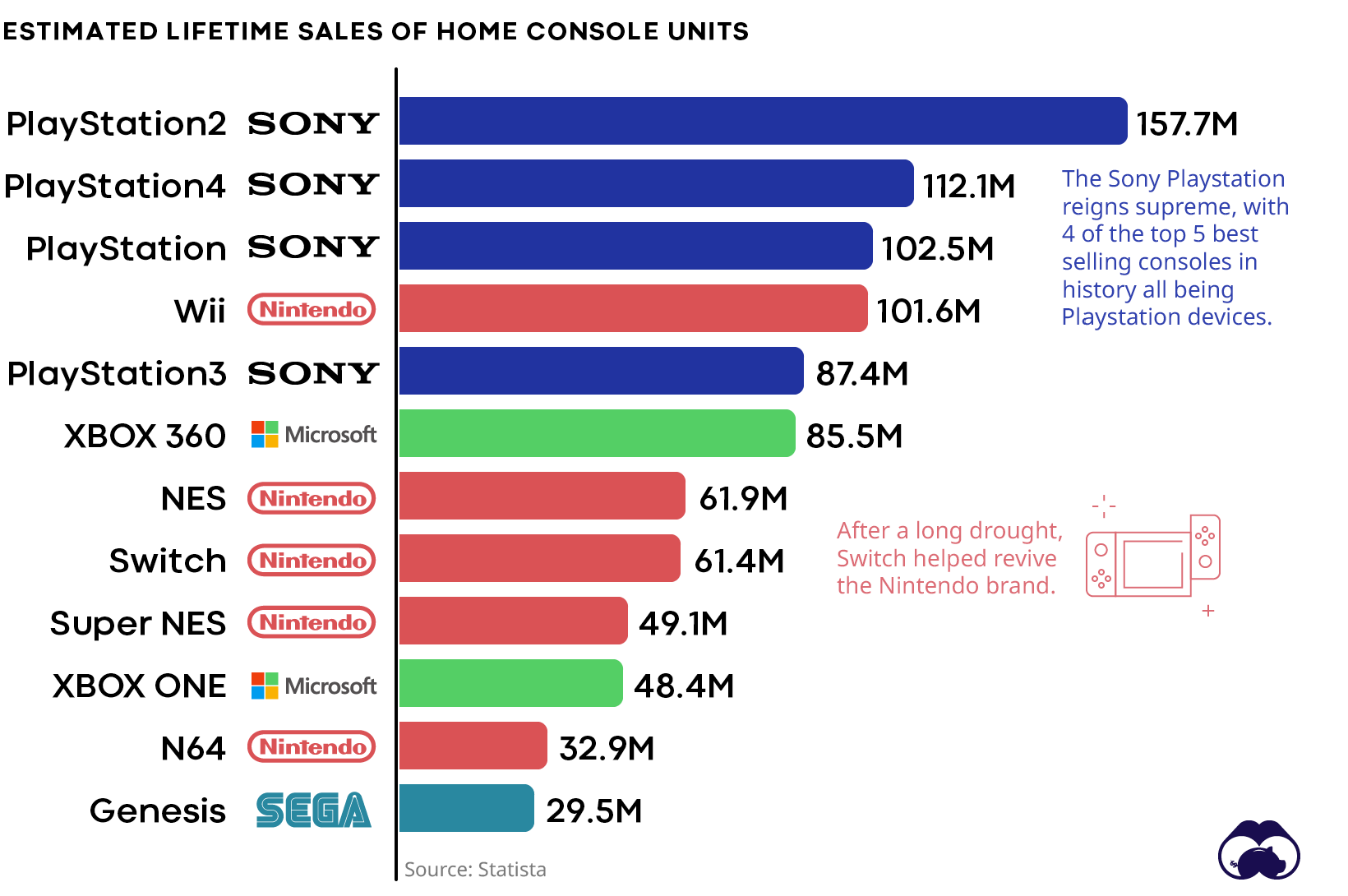
Over time, Sony has only widened the gap between themselves and the competition. The spread in unit sales between PS3 and Xbox 360 ended 1.6 million in favor of Sony. In the following product cycle, Sony achieved only further dominance, with the difference between PS4 and Xbox One sales now sitting at 63.7 million units.
Looking ahead, unit sale estimates for the PS5 range from 120-170 million and the new console is set to outperform Xbox again—in line with past trends.
Game Console Sales Galore
Gaming revenues have gone unscathed despite a pandemic, a retraction in economic activity, and the tightening of budgets for households in 2020. This trend could well be a result of video games growing as a form of stay-home entertainment.
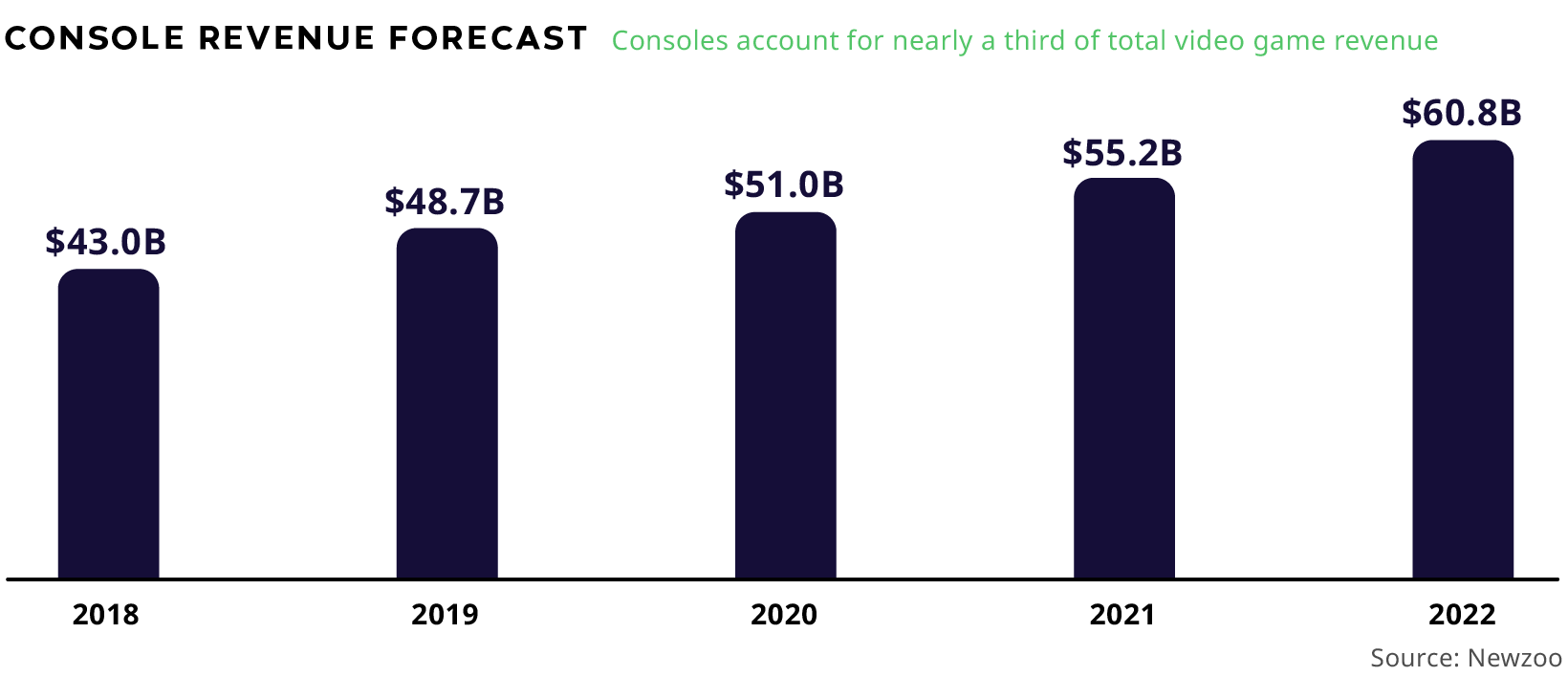
On an annualized basis, global video game console revenues are to hit $51 billion in 2020 and reach past $60 billion in the next two years.
An Attractive Disconnect
It’s clear there is significant buzz around the new consoles, but here’s another perspective that highlights their allure to consumers.
Video games possess an attractive disconnect in that they are an entertainment cash cow for gaming companies, yet gaming products also happen to be a huge cost saver for the consumer relative to other platforms and devices.

The average cost per hour for gaming services is much cheaper than the cost of a book and even more competitive relative to the cost of entertainment giants Netflix and Spotify.
An Evolving Landscape
Consoles have transformed to being about much more than just gaming. They now take front and center in people’s homes as a centralized hub for all things entertainment. For both the Xbox One and PS4, half of all gamers use their consoles for non-gaming activity.
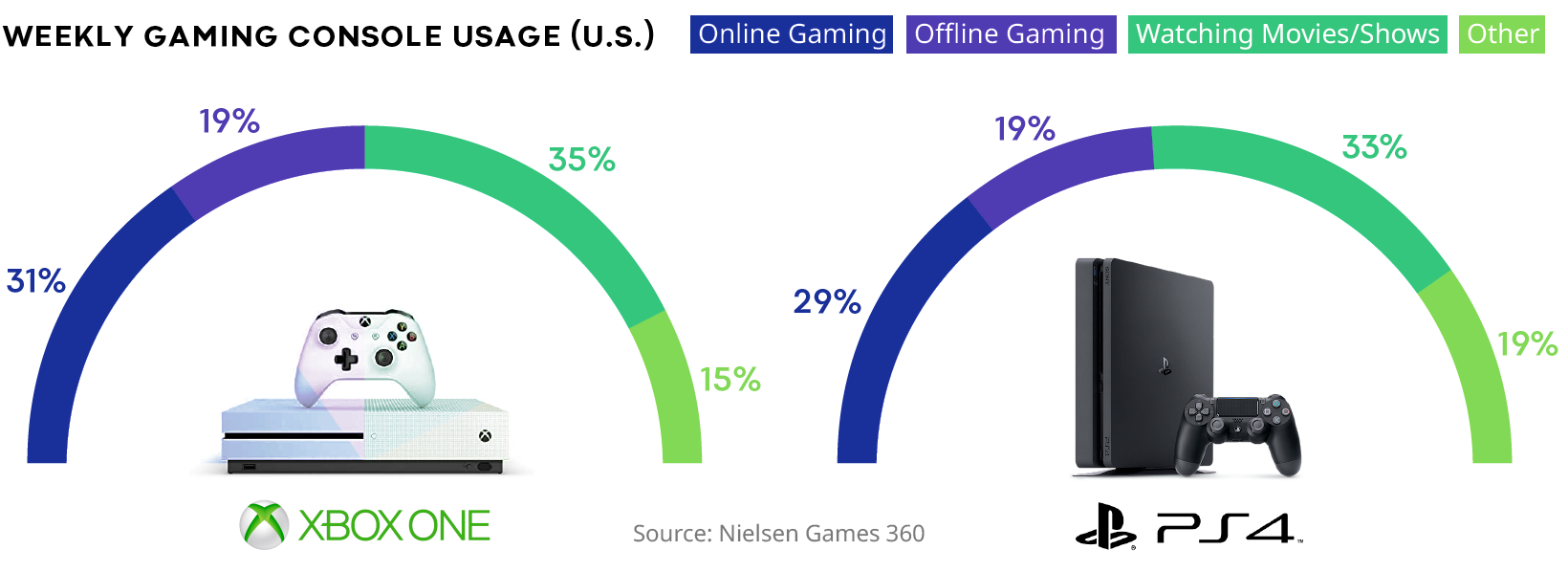
Another more notable form of transformation is the identity of the gamer itself. The classic portrayal of teenage boys engaged in Super Mario after school in their parents’ basement has all but dissipated.
In addition to older male users, there’s now a significant emergence in female gamers. In the U.S., women surpass men in both the 36-50 and 51-65 age cohorts. Furthermore, age demographics show a higher usage amongst men in the 36-50 age group, relative to the 10-20 cohort.

A Bright Future
There are reasons to expect the next generation of console gaming to be the greatest yet.
PlayStation has momentum on their side, and a slew of new gamers exist today that will continue to help transform the market.
With a more digitally connected world, this new era will see gamers that play and compete with one another from all four corners of the globe. For gamers, this will be a thrilling experience—and for companies, a potentially very lucrative one.
Technology
All of the Grants Given by the U.S. CHIPS Act
Intel, TSMC, and more have received billions in subsidies from the U.S. CHIPS Act in 2024.

All of the Grants Given by the U.S. CHIPS Act
This was originally posted on our Voronoi app. Download the app for free on iOS or Android and discover incredible data-driven charts from a variety of trusted sources.
This visualization shows which companies are receiving grants from the U.S. CHIPS Act, as of April 25, 2024. The CHIPS Act is a federal statute signed into law by President Joe Biden that authorizes $280 billion in new funding to boost domestic research and manufacturing of semiconductors.
The grant amounts visualized in this graphic are intended to accelerate the production of semiconductor fabrication plants (fabs) across the United States.
Data and Company Highlights
The figures we used to create this graphic were collected from a variety of public news sources. The Semiconductor Industry Association (SIA) also maintains a tracker for CHIPS Act recipients, though at the time of writing it does not have the latest details for Micron.
| Company | Federal Grant Amount | Anticipated Investment From Company |
|---|---|---|
| 🇺🇸 Intel | $8,500,000,000 | $100,000,000,000 |
| 🇹🇼 TSMC | $6,600,000,000 | $65,000,000,000 |
| 🇰🇷 Samsung | $6,400,000,000 | $45,000,000,000 |
| 🇺🇸 Micron | $6,100,000,000 | $50,000,000,000 |
| 🇺🇸 GlobalFoundries | $1,500,000,000 | $12,000,000,000 |
| 🇺🇸 Microchip | $162,000,000 | N/A |
| 🇬🇧 BAE Systems | $35,000,000 | N/A |
BAE Systems was not included in the graphic due to size limitations
Intel’s Massive Plans
Intel is receiving the largest share of the pie, with $8.5 billion in grants (plus an additional $11 billion in government loans). This grant accounts for 22% of the CHIPS Act’s total subsidies for chip production.
From Intel’s side, the company is expected to invest $100 billion to construct new fabs in Arizona and Ohio, while modernizing and/or expanding existing fabs in Oregon and New Mexico. Intel could also claim another $25 billion in credits through the U.S. Treasury Department’s Investment Tax Credit.
TSMC Expands its U.S. Presence
TSMC, the world’s largest semiconductor foundry company, is receiving a hefty $6.6 billion to construct a new chip plant with three fabs in Arizona. The Taiwanese chipmaker is expected to invest $65 billion into the project.
The plant’s first fab will be up and running in the first half of 2025, leveraging 4 nm (nanometer) technology. According to TrendForce, the other fabs will produce chips on more advanced 3 nm and 2 nm processes.
The Latest Grant Goes to Micron
Micron, the only U.S.-based manufacturer of memory chips, is set to receive $6.1 billion in grants to support its plans of investing $50 billion through 2030. This investment will be used to construct new fabs in Idaho and New York.
-

 Debt1 week ago
Debt1 week agoHow Debt-to-GDP Ratios Have Changed Since 2000
-

 Markets2 weeks ago
Markets2 weeks agoRanked: The World’s Top Flight Routes, by Revenue
-

 Countries2 weeks ago
Countries2 weeks agoPopulation Projections: The World’s 6 Largest Countries in 2075
-

 Markets2 weeks ago
Markets2 weeks agoThe Top 10 States by Real GDP Growth in 2023
-

 Demographics2 weeks ago
Demographics2 weeks agoThe Smallest Gender Wage Gaps in OECD Countries
-

 United States2 weeks ago
United States2 weeks agoWhere U.S. Inflation Hit the Hardest in March 2024
-

 Green2 weeks ago
Green2 weeks agoTop Countries By Forest Growth Since 2001
-

 United States2 weeks ago
United States2 weeks agoRanked: The Largest U.S. Corporations by Number of Employees

